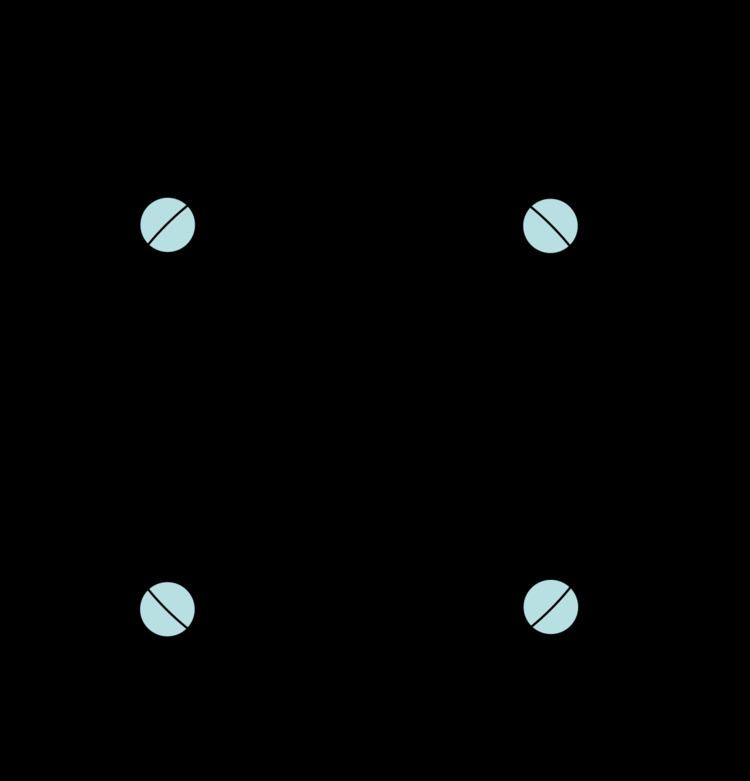 | ||
In digital modulation, minimum-shift keying (MSK) is a type of continuous-phase frequency-shift keying that was developed in the late 1950s and 1960s. Similar to OQPSK, MSK is encoded with bits alternating between quadrature components, with the Q component delayed by half the symbol period.
Contents
However, instead of square pulses as OQPSK uses, MSK encodes each bit as a half sinusoid. This results in a constant-modulus signal (constant envelope signal), which reduces problems caused by non-linear distortion. In addition to being viewed as related to OQPSK, MSK can also be viewed as a continuous phase frequency shift keyed (CPFSK) signal with a frequency separation of one-half the bit rate.
In MSK the difference between the higher and lower frequency is identical to half the bit rate. Consequently, the waveforms used to represent a 0 and a 1 bit differ by exactly half a carrier period. Thus, the maximum frequency deviation is
Mathematical representation
The resulting signal is represented by the formula
where
Using the trigonometric identity, this can be rewritten in a form where the phase and frequency modulation are more obvious,
where bk(t) is +1 when
Gaussian minimum-shift keying
In digital communication, Gaussian minimum shift keying or GMSK is a continuous-phase frequency-shift keying modulation scheme.
GMSK is similar to standard minimum-shift keying (MSK); however the digital data stream is first shaped with a Gaussian filter before being applied to a frequency modulator, and typically has much narrower phase shift angles than most MSK modulation systems. This has the advantage of reducing sideband power, which in turn reduces out-of-band interference between signal carriers in adjacent frequency channels.
However, the Gaussian filter increases the modulation memory in the system and causes intersymbol interference, making it more difficult to differentiate between different transmitted data values and requiring more complex channel equalization algorithms such as an adaptive equalizer at the receiver. GMSK has high spectral efficiency, but it needs a higher power level than QPSK, for instance, in order to reliably transmit the same amount of data.
GMSK is most notably used in the Global System for Mobile Communications (GSM) and the Automatic Identification System (AIS) for maritime navigation.
